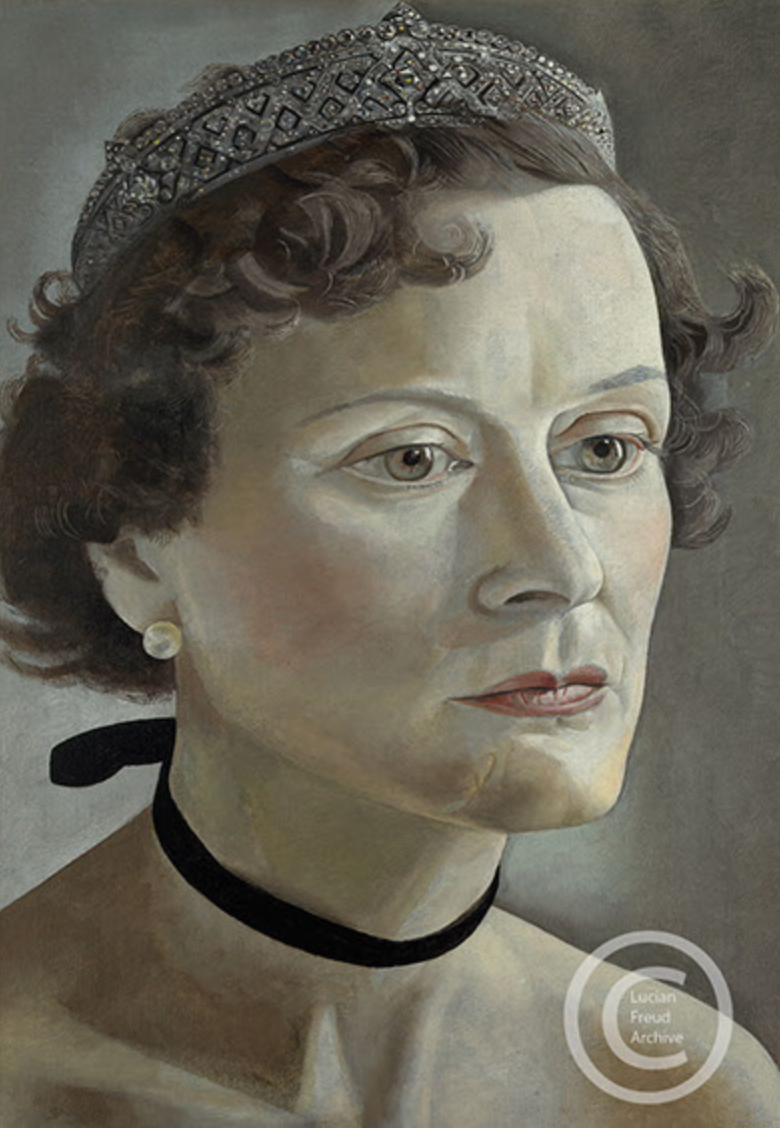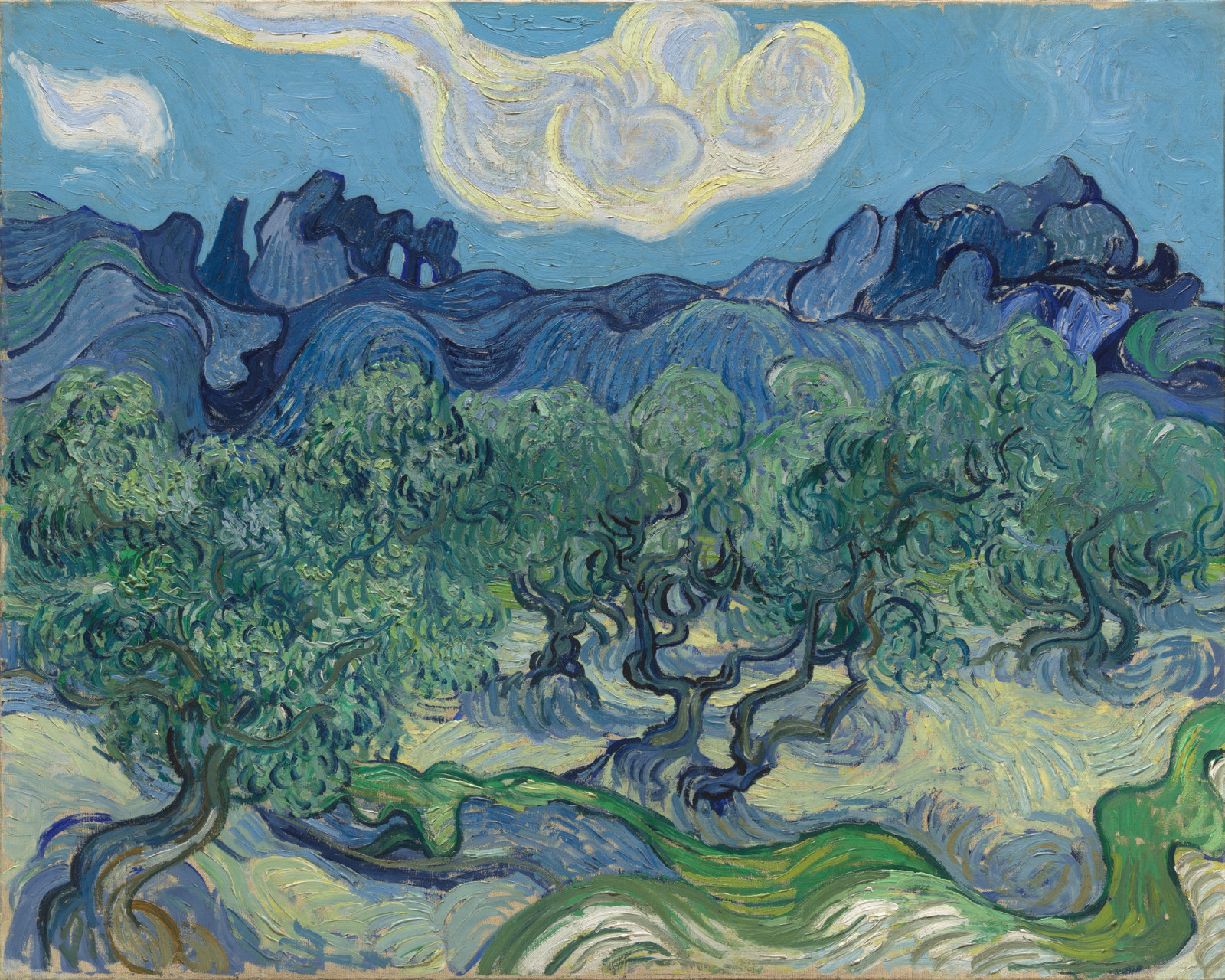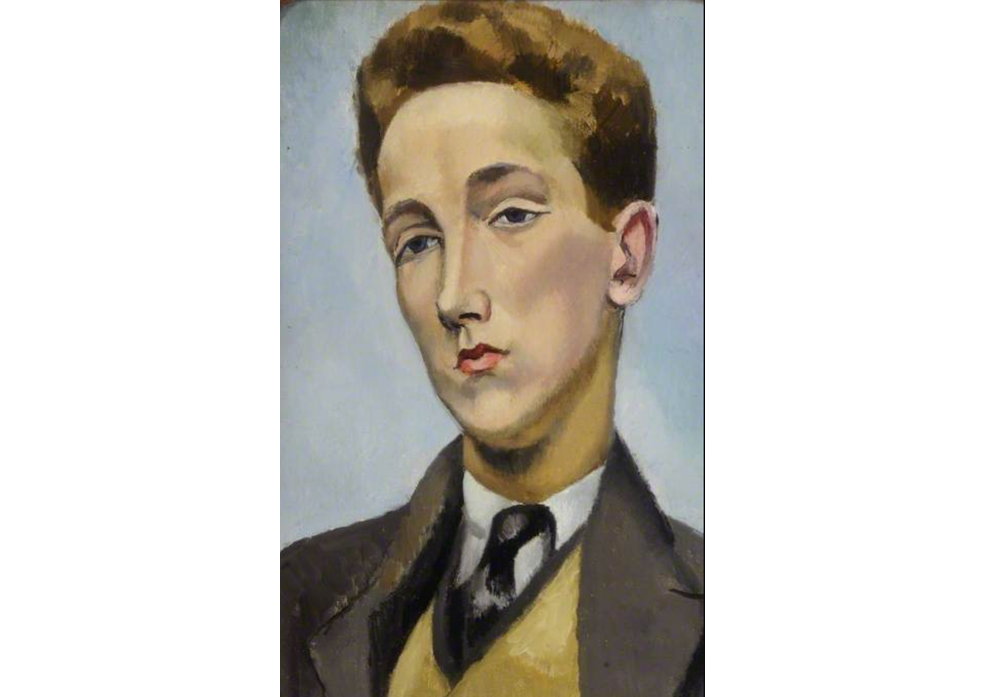Now on view in Piano Nobile’s exhibition ‘Defining British Art’, this portrait was painted in the wanderjahr which Cedric Morris spent studying and travelling in Europe.
Not until 1927 did Cedric Morris (1889–1982) return to England and begin painting his famous flower pictures. Though he subsequently visited the continent to study picturesque scenes of valleys and hills, the six years he spent there after moving to Paris in 1921 were formative and experimental. The work he produced in that early period provided the basis for much of his subsequent output. In paintings like this portrait of the ballet dancer Rupert Doone, Morris was discovering the lineaments of a style that would serve him for the rest of his long career: loaded brushstrokes, contrasts of bright colour, a ‘primitivist’ simplification of the subject, and local areas of anti-illusionist flatness.

For all Morris’s vivid effects of colour and surface texture, his work was never decorative. His artistic motivation came from fastidious observation of the subject (a motive shared by his most famous student, Lucian Freud), and this is nowhere more evident than in the portraits that Morris painted in the 1920s.


Beside the painting of Rupert Doone, there were depictions of the author Mary Butts, his partner Arthur Lett-Haines, the sculptor Frank Dobson’s wife Cordelia, and one anonymous sitter called The Swiss Visitor. Before he came to rely on a single comfortable idiom, each of these paintings witness the artist’s attempt to forge a likeness in oil paints, relying not on schema but the acuity of his observations. These paintings convey all the nuanced oddity and unexpected vitality of an in-person encounter. Most of Morris’s sitters appear to have asymmetric heads or faces, a telling sign of close scrutiny which implies the picture was constructed one detail at a time.

 The example of Vincent Van Gogh was still of acute interest to young painters like Morris in the 1920s. Some of the flower paintings by Morris’s friend Christopher Wood show a self-conscious effort to assimilate the surface textures and unblended colour of Van Gogh’s work. In Portrait of Rupert Doone, as well as carefully raked directional textures in the impasto, especially apparent in the sitter’s bird-nest haircut, the angular low-hanging branch at the upper right-hand corner is reminiscent of Van Gogh’s japoniste olive trees.
The example of Vincent Van Gogh was still of acute interest to young painters like Morris in the 1920s. Some of the flower paintings by Morris’s friend Christopher Wood show a self-conscious effort to assimilate the surface textures and unblended colour of Van Gogh’s work. In Portrait of Rupert Doone, as well as carefully raked directional textures in the impasto, especially apparent in the sitter’s bird-nest haircut, the angular low-hanging branch at the upper right-hand corner is reminiscent of Van Gogh’s japoniste olive trees.


When Morris met Doone in the early 1920s, he was little more than a paid model. Nina Hamnett described the situation in her memoir, Laughing Torso.
One day Rupert Doone, the ballet dancer, came to Paris. He was then just beginning to dance. He was very poor and had posed for Cedric Morris and [Frank] Dobson. He had a very fine head. He sat for the Academies to make a little money. I wanted to paint him.
And so she did; her portrait of Doone is now in Doncaster Museum. He subsequently distinguished himself, along with his partner Robert Medley, as the founder of Group Theatre – ‘one of the most influential experimental theatre companies in the 1930s’, which produced the plays of Shakespeare and Stephen Spender among others and included artistic contributions from Benjamin Britten, Duncan Grant and Henry Moore. 

Produced at a formative time for both the painter and the sitter, this portrait of Rupert Doone speaks to a moment of joy and ambition among the generation of artists emerging from the shadow of the Great War. The scene is awash with dazzling southern light while the pastel buildings and Doone’s pink shirt lend a hint of swagger. It is an image of youth and playfulness, evoking the bohemian’s heedless attitude to the norms of art, dress and living.



